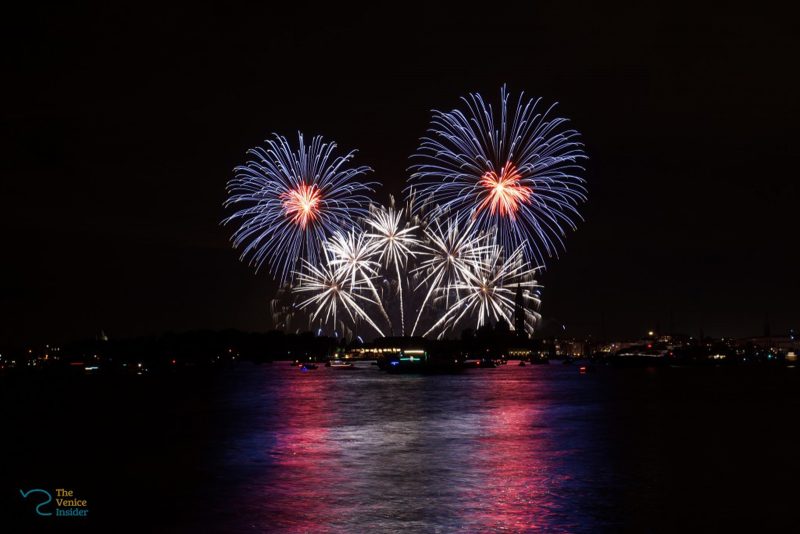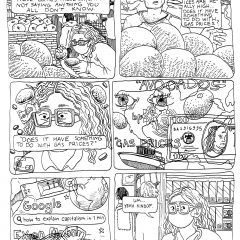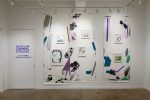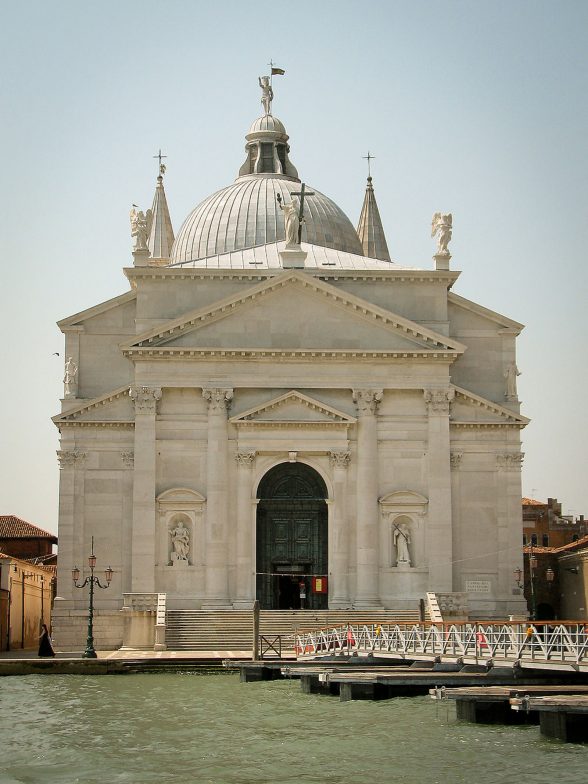
Enforced quarantine sends us back to our own resources, which in my case is the history of art. In the face of the coronavirus I can’t help thinking about artworks which resulted from past epidemics. Some were personal – individual artists responding to their own vulnerability – but others were public, often commissioned after an epidemic had passed. The most glorious example that comes to mind is Andrea Palladio‘s most important church, Il Redentore (The Redeemer) in Venice. Sited on the Giudecca across the lagoon from the Doge’s Palace and Piazza San Marco, Il Redentore is an iconic part of the city’s image.
In 1575-77 a plague killed almost a third of the population of Venice. Doge Alvise I Mocenigo promised God that he would build a church when the illness passed. His successor commissioned Andrea Palladio to design a grand church – completed in 1592 – to replace the temporary wooden structure that had been built. He also initiated the annual tradition of building a bridge that enables the church to be approached on foot during the festival of thanks. For four hundred years, during the third week in July, the Venetians have celebrated the feast of the Redentore; it is a festival held by and for the local population, despite being held at the height of tourist season.
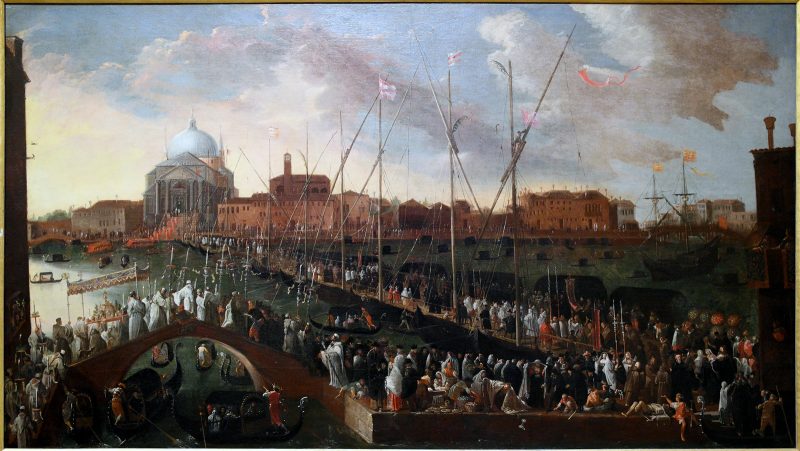
The first night of the festival is celebrated with fireworks; I love fireworks, and have never seen any as memorable as those reflected on the Venetian lagoon. The pontoon bridge was built (2001) by the Italian Army, so it was serviceable but not decorative. The following day a mass is held in the church. It was standing room only and I remember the elderly Italian woman sitting next to me lending me her fan – I must have looked about to faint. My husband remembers the Mayor of Venice, a philosopher known to be an atheist, seated in the front of the church with the dignitaries.
Almost a hundred years later, the church of Santa Maria della Salute (known as the Salute) was built following an equally devastating plague. Both churches are prominent from the waterfront along the Doge’s Palace.
